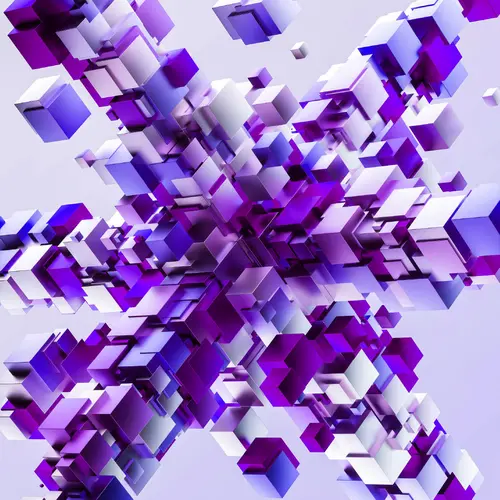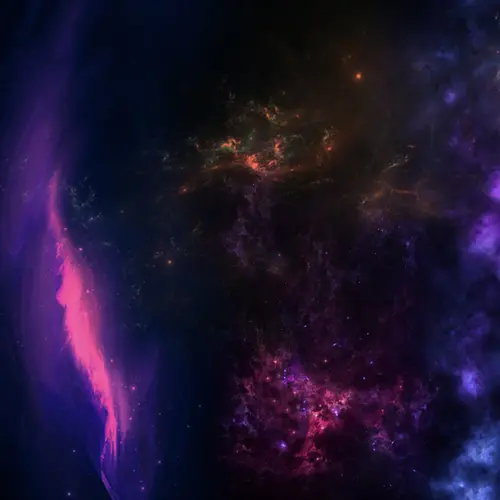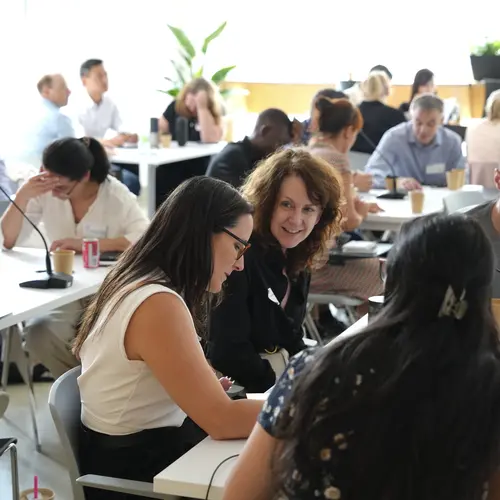
(Rex) Devon Hjelm
Membre affilié
Chercheur scientifique, Apple MLR
Sujets de recherche
Apprentissage de représentations
Apprentissage en ligne
Apprentissage par renforcement
Apprentissage profond
Causalité
Modèles génératifs
Modèles probabilistes
Raisonnement
Théorie de l'information


